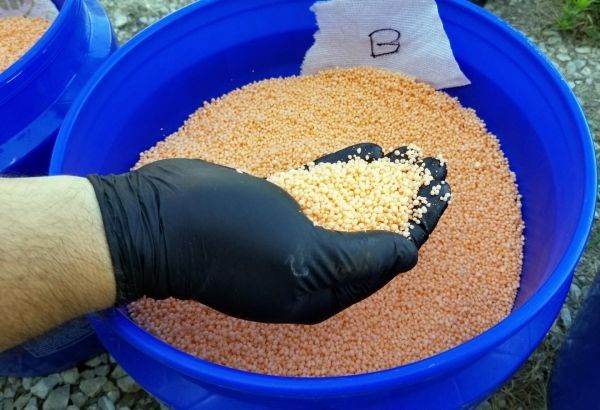Take a trip down into the soil beneath a field of crops. You won’t find just dirt, water, and creepy-crawlies. You’ll also find reactions that remind you of high school chemistry lab.
Many researchers study the reactions of elements and compounds in the soil, especially because some, like nitrogen, are required by plants to grow. Nitrogen is often added to the soil as a fertilizer. However, not all nitrogen added is usable by plants.
The compound urea is currently the most popular nitrogen soil fertilizer. It’s a way to get plants the nitrogen they need to grow. Although the nitrogen in urea is not directly usable by plants, once urea is in the soil it undergoes a chemical reaction that produces ammonium, a nitrogen-rich compound that thus becomes available for plant nutrition. The catalyst responsible for this reaction is an enzyme called urease. This enzyme is produced by microorganisms in the soil.
There’s just one problem with urease: it works too well!
Read more at American Society of Agronomy
Image: These are Urea granules treated with Nutrisphere-N maleic-itaconic acid polymers (MIPs). (Credit: Darin Lickfeld)


